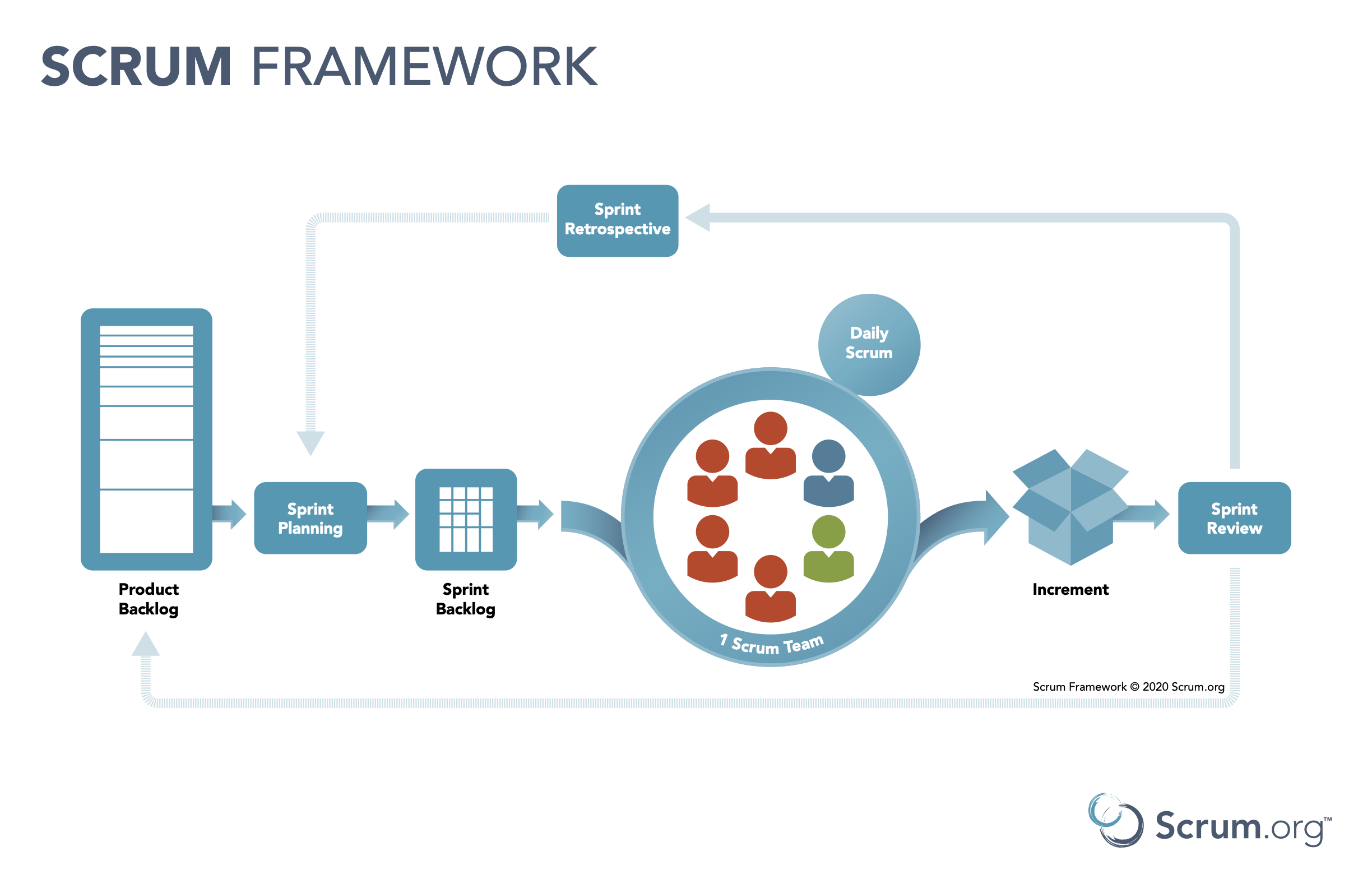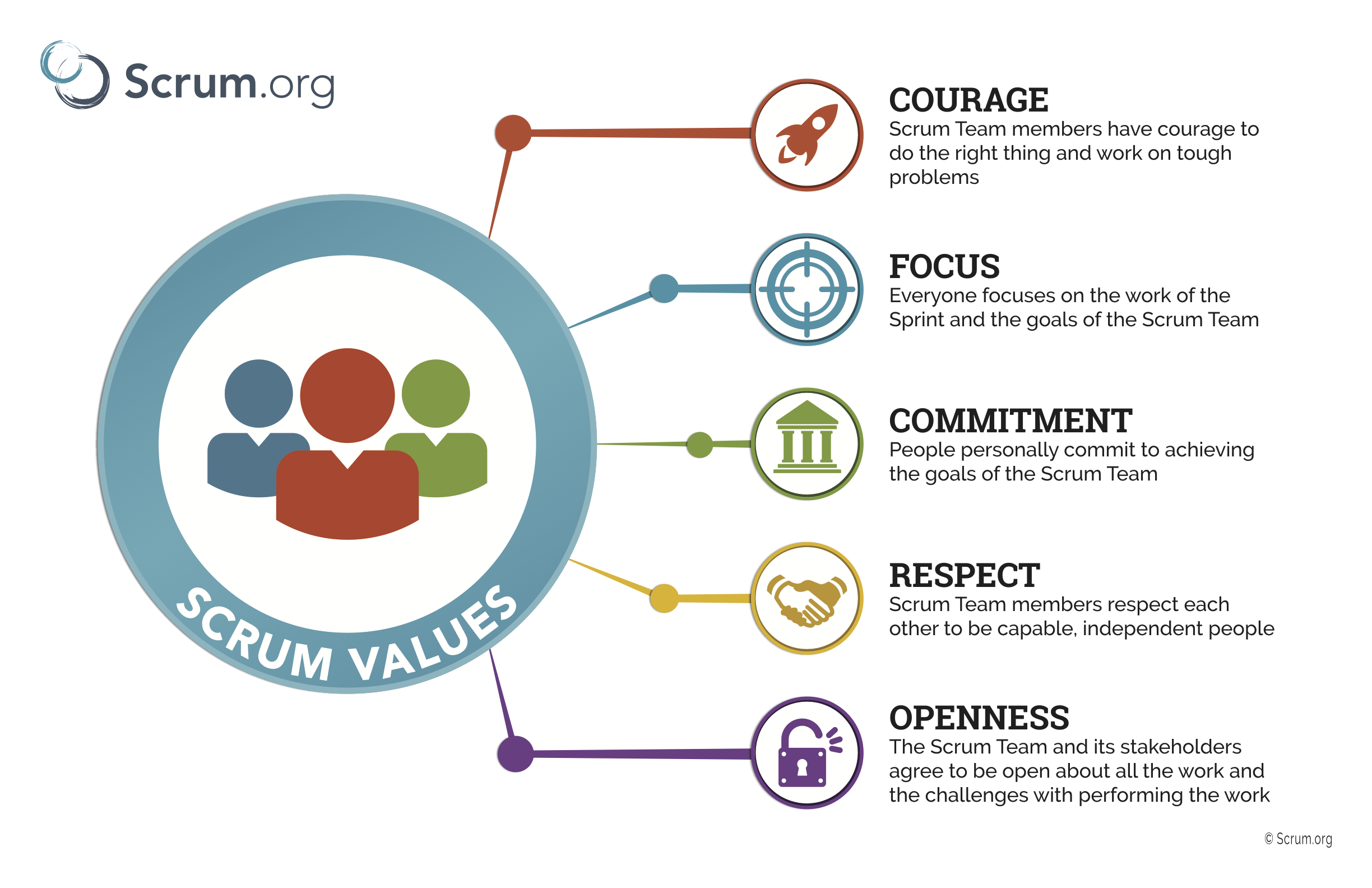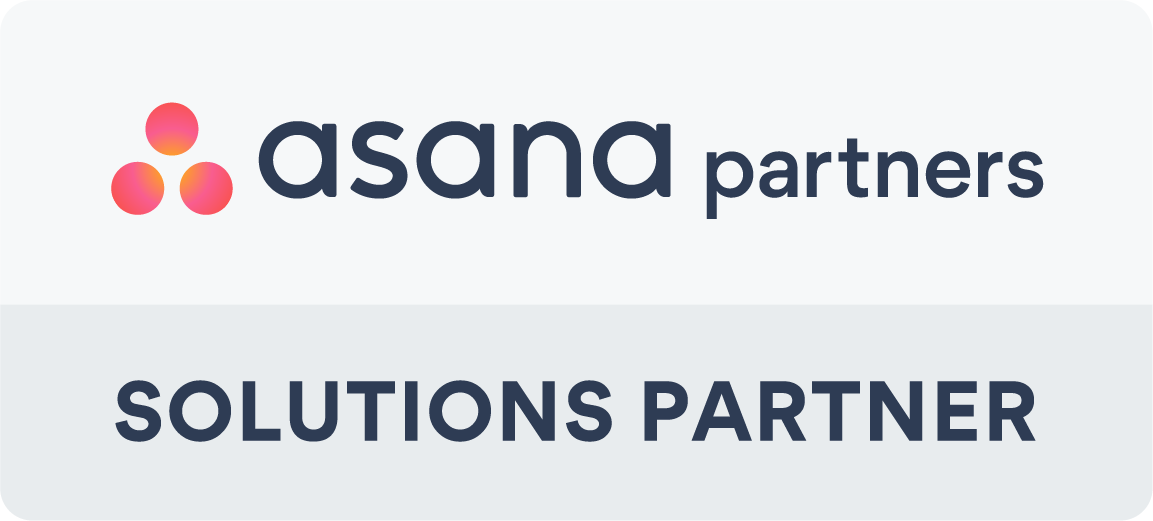BONUS DOWNLOAD: UNDERSTANDING AND IMPLEMENTING AGILE EBOOK
Scrum is one of the most popular Agile frameworks used worldwide—but what exactly is it?
In simple terms, Scrum is a lightweight framework that helps teams work together to solve complex problems, deliver value quickly, and adapt to changing requirements.
Originally developed for software development, Scrum is now widely used across industries such as marketing, finance, product development, and education. Let's dive deeper into everything you need to know about Scrum.
The Origins of Scrum
Scrum was formalised in the early 1990s by Jeff Sutherland and Ken Schwaber. They wanted to create a better, more flexible way of managing projects after years of frustration with rigid, linear "waterfall" project management approaches.
The term "Scrum" was inspired by a 1986 Harvard Business Review article, "The New New Product Development Game," which described high-performing, cross-functional teams using a rugby scrum analogy to move forward together.
Today, Scrum is governed by the Scrum Guide, authored and updated by Sutherland and Schwaber, and is seen as a gold standard for Agile project management.
Scrum vs Agile vs Kanban: What’s the Difference?
| Feature | Agile | Scrum | Kanban |
|---|---|---|---|
| Definition | A set of principles and values | A specific Agile framework | A visual workflow method |
| Structure | Flexible | Highly structured | Flow-based, continuous |
| Work Cycles | Varies | Time-boxed Sprints | Continuous delivery |
| Roles | Not defined | PO, Scrum Master, Team | No formal roles |
| Key Focus | Customer collaboration | Incremental delivery | Visualising work |
Key takeaway: Agile is the mindset; Scrum is a method within Agile; Kanban is a visual workflow management system.

How Scrum Works: The Core Components
Scrum Roles
-
Product Owner: Prioritises the backlog, representing customer needs.
-
Scrum Master: Acts as a facilitator, removing blockers and ensuring Scrum best practices.
-
Development Team: A cross-functional team that delivers working increments.
Scrum Events
-
Sprint Planning: Define what will be delivered during the upcoming Sprint.
-
Daily Scrum: A 15-minute daily stand-up to inspect progress and plan the next 24 hours.
-
Sprint Review: Team presents work completed to stakeholders for feedback.
-
Sprint Retrospective: Team reflects on how the Sprint went and identifies improvements.
Scrum Artifacts
-
Product Backlog: An evolving list of product requirements prioritised by the Product Owner.
-
Sprint Backlog: A list of tasks selected for the Sprint.
-
Increment: The usable end-product resulting from a Sprint.
💡 Visual Tip: A simple Scrum diagram showing Backlog -> Sprint Planning -> Daily Scrum -> Sprint Review & Retrospective -> Increment can help readers grasp this quickly.
Real-World Examples of Scrum in Action
Technology: Companies like Google, Spotify, and Salesforce use Scrum to manage software development projects. It enables fast releases and continuous user feedback integration.
Marketing: Marketing teams use Scrum to launch campaigns iteratively, gather audience feedback, and quickly adjust strategies.
Product Development: In industries like automotive or consumer goods, Scrum accelerates prototyping and testing new ideas in sprints.
BONUS DOWNLOAD: UNDERSTANDING AND IMPLEMENTING AGILE EBOOK
Benefits of Using Scrum
-
Faster delivery of value
-
Increased transparency and communication
-
Improved ability to manage changing priorities
-
Higher team morale and ownership
-
Continuous learning and adaptation
Common Pitfalls and Misunderstandings About Scrum
-
Scrum is not micromanagement: Empower teams, don't control them.
-
Scrum requires full commitment: Partial adoption leads to poor outcomes.
-
Scrum isn’t chaos: It's structured, but flexible.
-
Scrum teams need coaching: Especially at the start, a good Scrum Master makes all the difference.
Common Questions About Scrum
What is Scrum in simple terms?
Scrum is a way for teams to work together, break work into small pieces, and deliver results step-by-step.
Is Scrum only for software development?
No, Scrum can be used in any project or industry where complex work needs managing.
How long is a typical sprint?
Most Sprints last 2 weeks, but they can range from 1 to 4 weeks depending on the team's needs.
What's the difference between Scrum and Agile?
Agile is a mindset focused on adaptability and customer collaboration. Scrum is a specific framework that applies Agile values.
Can Scrum be used for non-technical teams?
Yes! Marketing, HR, education, and even event planning teams have adopted Scrum successfully.
What certifications exist for Scrum?
Popular certifications include Certified ScrumMaster (CSM) and Professional Scrum Master (PSM).
Who should become a Scrum Master?
Anyone passionate about team facilitation, continuous improvement, and project delivery can become a Scrum Master.

How to Start Using Scrum in Your Business
Starting with Scrum can feel daunting, but it becomes easier by:
-
Appointing a Scrum Master and Product Owner.
-
Training your team in Scrum principles.
-
Starting small with a pilot project.
-
Using a digital project management tool like Asana to manage backlogs and sprints.
At Generation Digital, we help organisations adopt Agile ways of working using the right tools, training, and coaching to make Scrum a success.
The Growing Influence of AI on Scrum
Artificial intelligence (AI) is beginning to reshape the way teams apply Scrum principles, offering new opportunities for smarter, faster workflows.
Here’s how AI is starting to impact Scrum practices:
-
Sprint Planning Assistance: AI can help teams analyse historical data to forecast Sprint velocity more accurately and suggest backlog prioritisation based on effort, value, and risk.
-
Automated Task Management: Integrated AI tools within platforms like Asana can recommend task assignments, predict potential bottlenecks, and automate repetitive activities.
-
Enhanced Daily Scrums: AI-powered analytics can provide real-time updates on project health, allowing teams to surface blockers before they become major issues.
-
Continuous Improvement Insights: By analysing Retrospective feedback and Sprint outcomes, AI can highlight recurring challenges and suggest targeted improvements.
-
Smarter Product Backlog Grooming: AI can suggest story refinements, estimate user story complexity, and even detect when requirements are unclear or incomplete.
Key takeaway: AI doesn't replace Scrum's core human collaboration principles it enhances them, helping teams make better decisions, move faster, and focus more energy on creative problem-solving.
At Generation Digital, we help organisations not only implement Agile practices like Scrum but also integrate AI-powered tools to supercharge team performance.
Summary
Scrum is a proven Agile framework that empowers teams to deliver better outcomes, faster. With clear roles, structured events, and continuous improvement at its heart, Scrum is a must-know methodology for any modern business.
If you're serious about Agile transformation, Scrum is the smart place to start—and Generation Digital can help you make it a success.



